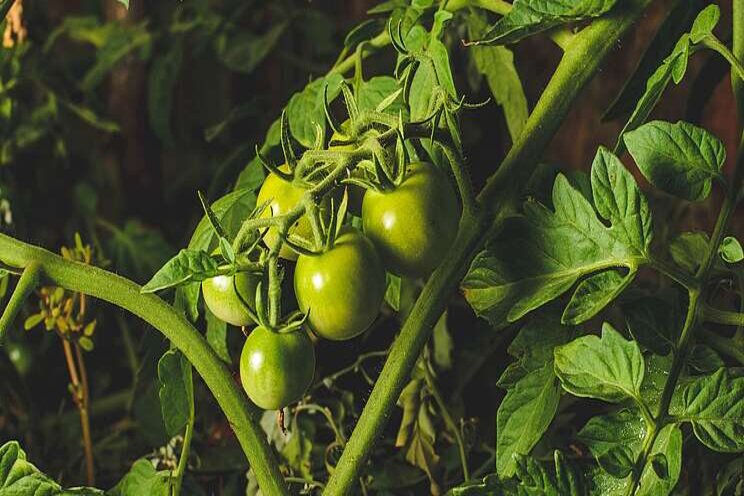Growing your corona victory garden
Added on 05 April 2020

Some experts, as reported in the New York Times and The Atlantic, worry that the coronavirus could impede the food supply chain. One way to help protect yourself is to grow a Corona Victory Garden.
Lettuce. Even if you're sick of the advice to eat colorful vegetables, it is wise. And because it could build your immune system, growing things like dark-green lettuce may be particularly wise amid the pandemic. Plant lettuce in early spring because as the weather warms, lettuce tends to bolt, which makes the leaves smaller and bitterer, not a good combination.
At the time of this writing (early April), rather than buy lettuce seeds, it's best to buy seedlings (small plants) in a six-pack (under $5) in your local nursery or big-box store. Bibb and Romaine give good yield per square foot.
Peas. This is another cool-weather-friendly veggie, so plant it in early spring. The variety Super Sugar Snap is enjoyed by many people who otherwise dislike peas. Like lettuce, pea plants produce quickly: under 50 days from seed. Best grown on a tall trellis or fence, Super Sugar Snap grows 5 feet tall. It's available from many online seed companies.
Beans. Long a protein source for vegetarians, bean plants are another quick grower. (Remember Jack and the Beanstalk?) Varieties with good yield and taste include Blue Lake 274, Contender, Bush Kentucky Wonder, Greencrop, and Derby. The latter matures a little later, extending your harvest period. Because beans won't bolt in the heat, you can save a little money while experiencing the miracle of seeing seeds grow by buying beans from seed, locally or at an online retailer, for example, the famous Park Seed.
Tomatoes. Technically, tomato is a fruit but it's used as a veggie. Either way, it's most gardeners' favorite because it produces so much deliciousness so fast. If you start in April, you can plant seeds, which gives you access to varieties that are hard to get in a nursery. My faves include the great-tasting orange-colored cherry tomato, Orange Paruche. But other fine varieties are widely available in six-packs in stores, for example, Early Girl, which will produce tangy red tomatoes in 55 days. Big Beef creates full-sized, red ones in 73 days.
Corn. Corn is delicious but takes lots of space. It germinates better when the soil warms so in northern climes, wait until May. Corn is typically grown from seed and can be planted directly in the garden rather than in a seed-starting container. Top varieties include Ambrosia (75 days) Honey Select (80 days), Incredible (82 days) Peaches & Cream (85 days) and Silver Queen (92 days.)
Strawberries. Among the healthiest fruit, and it can be grown in a relatively small space. Top varieties include Sweet Kiss, Jewel, Flavorfest, and the container-friendly Delizzimo.
Zinnia. Hey, we can't just be practical. We must leave a little space for the frivolous, the merely ornamental. Zinnia is among the easiest, fastest ways to get a flowering machine. Try the 12-inch Magellan Coral , the 14-inch Dreamland Red, or the three-foot purple, Uproar Rose.
Growing instructions will be on the seed packet or pot, and you can get more detailed information by googling the specific variety, for example, [tomato "orange paruche."]
The takeaway
While the coronavirus's upsides are few, the experience and superior taste of growing your own food are two of them. And when the pandemic subsides, perhaps you'll still retain the rewarding hobby of growing your own.
Source: Psychology Today
Photo by Cico Zeljko from Pixabay
Source: Psychology
More news















